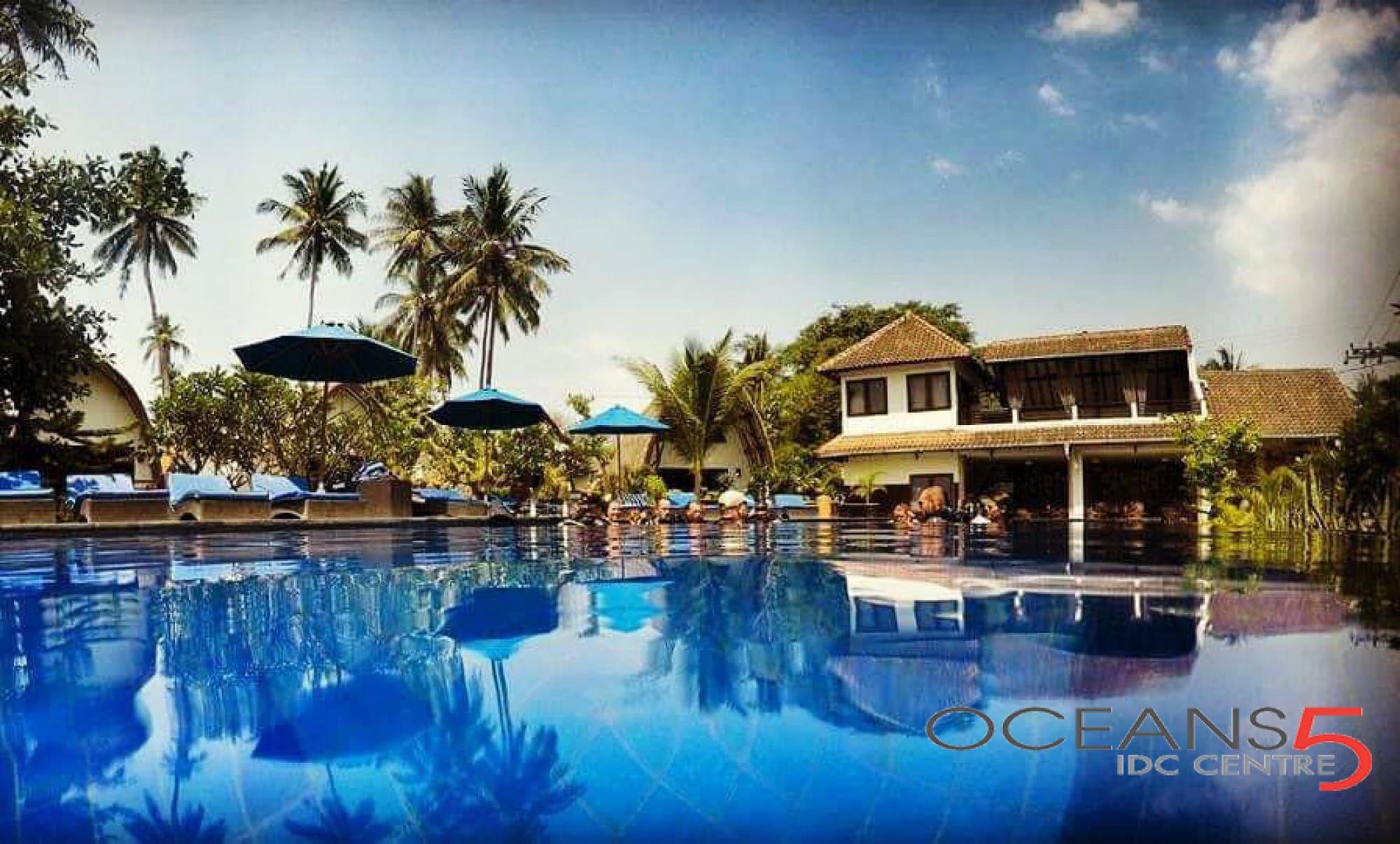Ways to Identify Market Opportunities for Business Growth
 Andres ChehtmanBioShare:
Andres ChehtmanBioShare:
Let’s face it. Growing a business is hard. From the pandemic to inflation and war, it’s become more challenging to thrive amid the upheaval.
What’s clear: your company’s future success depends on your ability to determine which strategies will sustain growth.
It takes considerable effort. But we’re here to help you get there.
Before we get started, it’s important for you to have a deep understanding of your company’s business direction, resources, strengths and capabilities. Complete visibility is key to making data-driven decisions. Then, you can evaluate the market and assess consumer needs and how they are being met by companies today.
Now, let’s examine how to analyse these factors to ignite your next growth opportunity.
Eight Analysis Types to Identify Market Opportunities
1. Consumer segmentation
Divide consumer audiences based on traits they share. This will help you target the right people in the most effective way.
Consumer segments can be broken down by demographic and geographic variables like age, gender, place of residence, education, occupation and household income. Behavioural variables, such as lifestyle, attitude, values and purchasing motivations can help you tailor your marketing efforts.
Demographic variables estimate your number of potential customers. For example, a diaper producer will know how many children under three live in a certain country. Behavioural variables pinpoint purchase decision motivations including price, convenience, durability, design and sustainability.
Demographic segments are constantly evolving. Today, Generation X and millennials are driving the labour force globally. If your business strategy involves targeting specific age groups, for example, it’s critical to tailor your tactics to their different needs.
How do brands use consumer segmentation to reach new audiences?
Aguas Danone, a bottled water company in Argentina, was looking for new product ideas to recover lost sales. The company identified two drivers behind non-alcoholic drinks consumption: health and flavour. While bottled water was perceived as healthy, it didn’t offer good taste. Soft drinks and juices tasted good but were perceived as highly caloric. This generated the idea to launch flavoured bottled waters Ser with great success.
Bolivian dairy brand Delizia launched a Tradición line of limited-edition ice cream flavours that celebrate traditional cuisine. Nostalgia and local traditions motivate Bolivians, which formulated the idea to create a new line of products to target these consumers.
Organisations that use consumer segmentation to tailor their narratives, marketing and products will sell more effectively. Read more about learning and development training.
2. Purchase situation analysis
The buying decision-making process is anything but straightforward. A multitude of factors can impact what, when and where consumers buy. You have to understand your customer’s buying patterns so you can alter your offerings to influence those decisions. Some questions to ask are:
- When do people buy our product or service?
- Is it when they need it?
- Where do people make the purchase?
- How do they pay?
Look at distribution channels and payment methods, among others, to uncover your customer’s buying patterns. This will help you position your product towards their interests.
Let’s dig into the retail sector as an example. Today, consumers expect speed and convenience. Retailers that understood these new preferences adjusted their business models to attract more customers. With quick commerce, brands started providing delivery in minutes and capitalised on consumers’ impulse purchases to reap the rewards.
Gopuff, the instant grocery startup, used this trend to grow significantly. The company operates in 900 cities across the US, expanding into the UK in 2021 and France in 2022.
Fintech players are also appealing to consumers who are strapped for cash. With rising inflation costs, alternative payment options like buy now, pay later are bringing in new revenue streams. Younger consumers have been the primary source of growth so far, but interest from older consumers has been increasing.
Buying patterns can tell you a lot about your customers. Use this information to meet them where they are.
3. Direct competitor analysis
Direct competitors offer similar products or services. For example, Coca-Cola and Pepsi or Netflix and Hulu.
Do comprehensive research on where your business stands in the marketplace. And know what other key players are doing to build a powerful competitive edge. Then, find out how they size up against your business.
Critical questions you must ask are:
- Which brands are growing and why?
- What is their unique value proposition?
- How are they marketing their offerings?
- What competitive advantage do we have over them?
Take IKEA for example. In 2022, they entered a new market, opening their first store in Chile. But before they decided to expand, IKEA did extensive research. Most likely looking at competitors like Sodimac who already had 74 outlets in the country.
This type of analysis can make or break success.
4. Indirect competitor analysis
Indirect competitors target a similar audience but sell different products that satisfy the same needs. For example, Coca-Cola and Tropicana or Netflix and Marvel comics.
Analysing what companies are doing in substitute industries or categories can help improve your offerings and reach new audiences.
Let’s look at airlines for example. Air carriers may look for opportunities in consumer segments currently supplied by other means of transport. Effective questions to ask are:
- How many people travel long-distance on buses and trains?
- What are the most in-demand routes?
- How much do travellers pay for their tickets?
- What is the occupancy rate of long-distance buses and trains?
- How can we persuade a current bus or train passenger to travel by plane instead?















 Andres Chehtman
Andres Chehtman


